Creative ways to hide sprinkler valves: 5 clever solutions for your yard
Searching for creative ways to hide sprinkler valves so they don’t spoil the view? Try these simple ideas
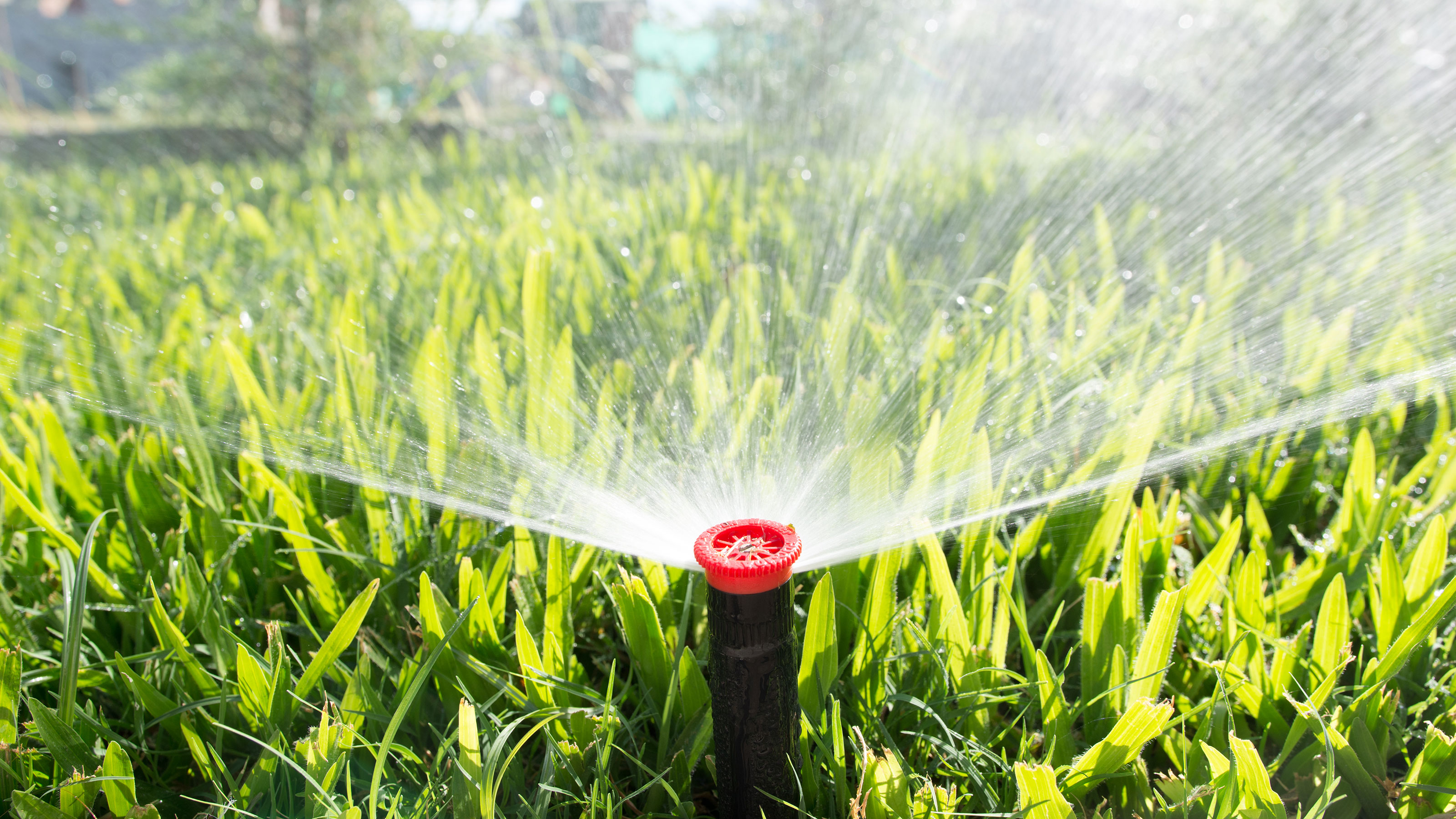

Need creative ways to hide sprinkler valves so your irrigation system doesn’t compromise the garden design? While they may be an essential part of the setup that keeps planting healthy, sprinkler valves certainly aren’t the feature of your yard you want to stand out.
An irrigation system typically has multiple valves to control the sprinkler heads of its different zones, so they are a necessity. But it is possible to cover, camouflage and conceal them to make watering plants this way slightly more discreet.
We’ve put together ideas to inspire you, along with tips from the experts.
Creative ways to hide sprinkler valves
Once teamed with your garden hose, sprinkler valves can grab attention when you’d rather it was the green of the lawn, shapely foliage in a range of colors, and beautiful blooms that caught the eye.
Solve the problem with these creative ways to hide sprinkler valves.
1. Opt for a sprinkler valve box
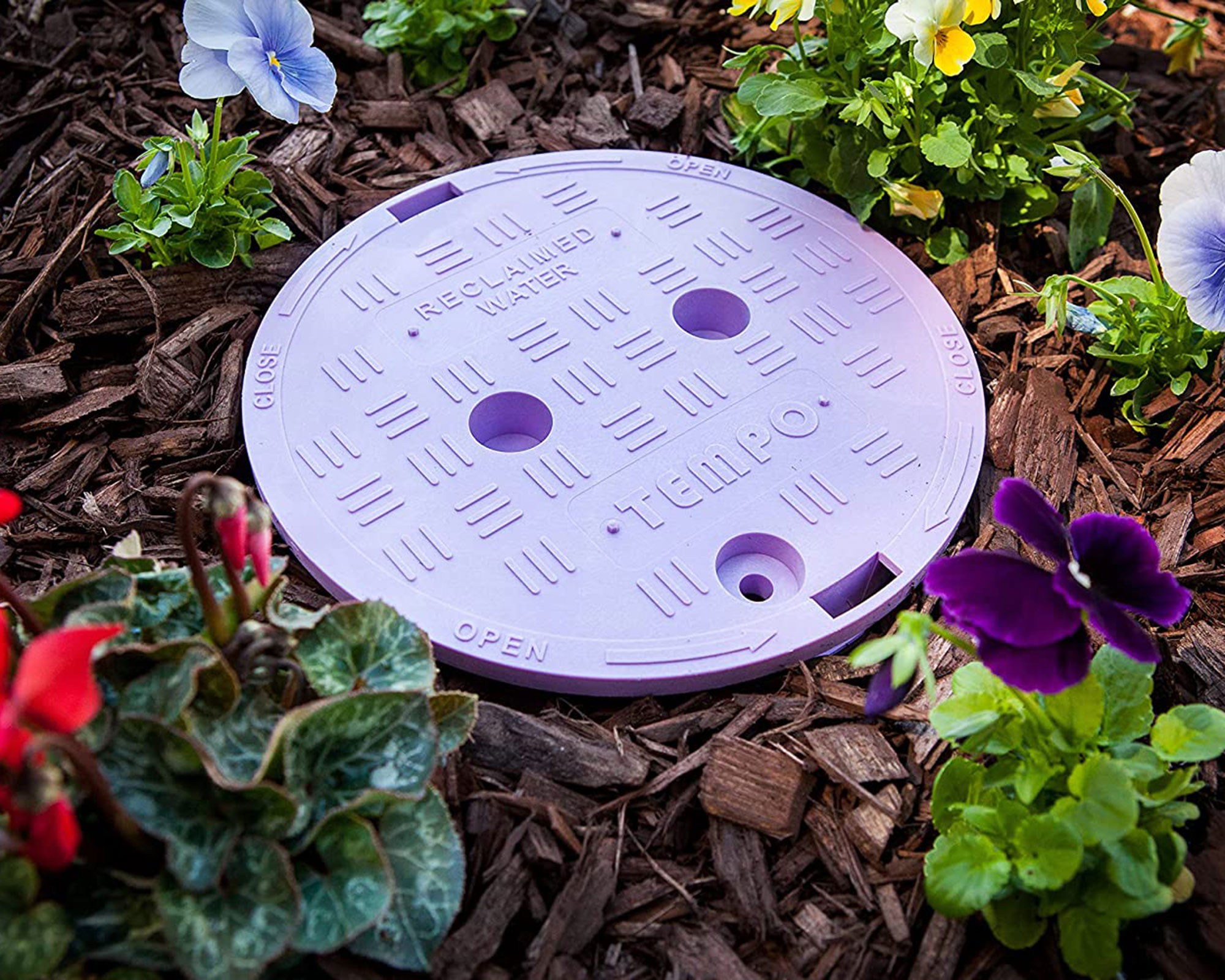
OK, it may not be one of the most creative ways to hide the valves for your garden sprinkler, but if you’re looking for a quick solution that doesn’t involve any DIY, a valve box is a winning choice. It can hide valves and solenoids plus other parts of the irrigation system equipment underground. The contents are protected yet access is easy.
We like the One Stop Outdoor Store Valve Box from Amazon, which will remain locatable when maintenance is needed without being obtrusive. There are plenty of larger alternatives on offer, too, that can conceal a number of valves sited together.
2. Make a DIY sprinkler valve cover
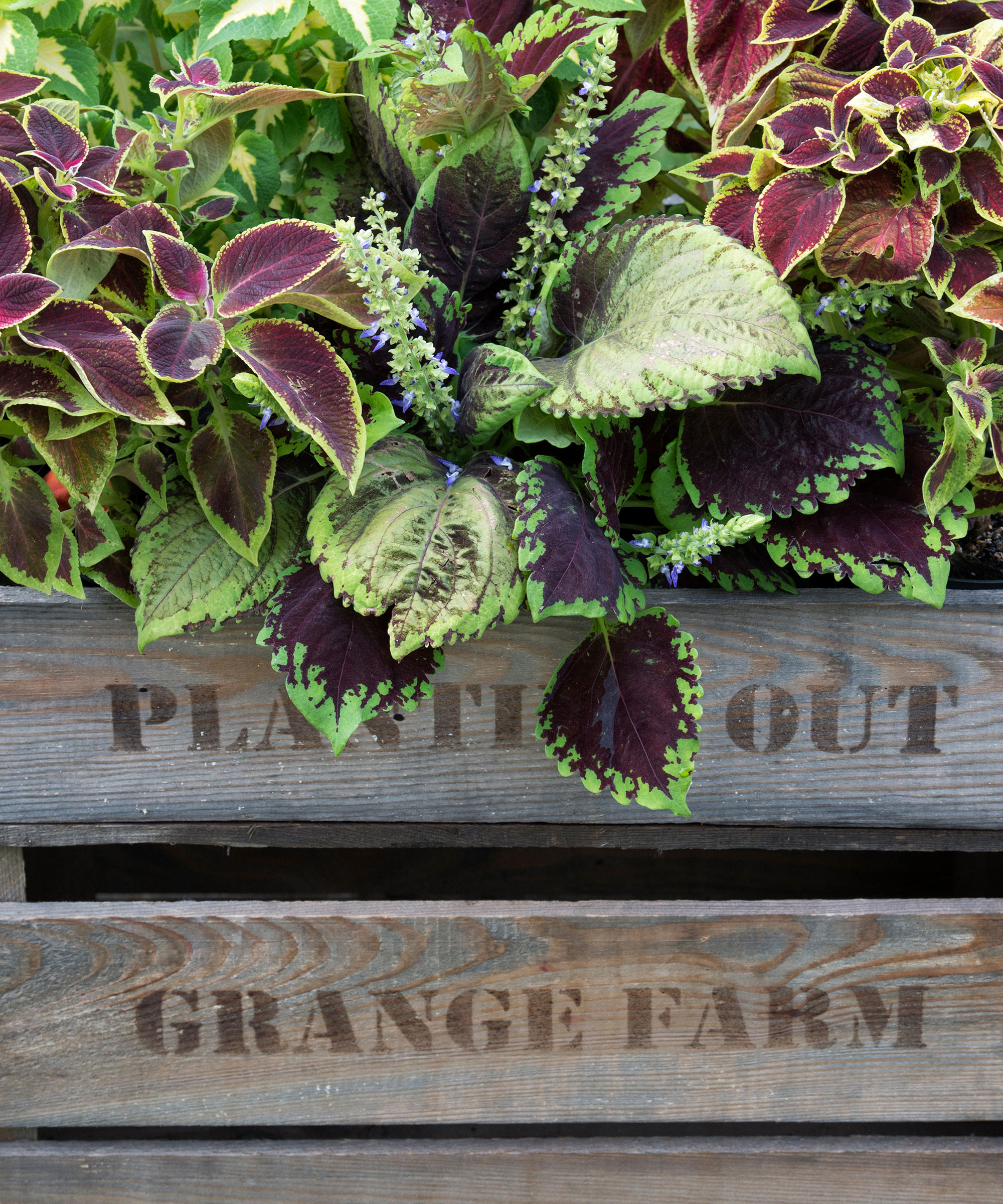
Build your own cover or planter to hide unsightly valves
If you're checking out the pros and cons of a sprinkler vs soaker hose, hiding the sprinkler valves might be something you need to factor into your decision.
Sprinkler valves can be a highly visible presence, protruding several inches from the ground. If that’s the case, constructing a simple cover is one of the best ways to hide them. Consider adapting a pallet to block the view, or put together a simple box from wood, or even leftover deck boards.
You’ll need a structure with a front and sides to surround the valves, plus a lift-off lid so you can access them easily. Varnish or paint the box with exterior grade products to protect it from the elements and blend it in with your garden’s color palette.
‘If you prefer to add to the living elements of your yard, adding a planter box in front of the valves is an alternative strategy with a simple three sided structure surrounding the valves behind it,’ says Beth Murton, editor of Gardeningetc.
3. Hide them amongst planting
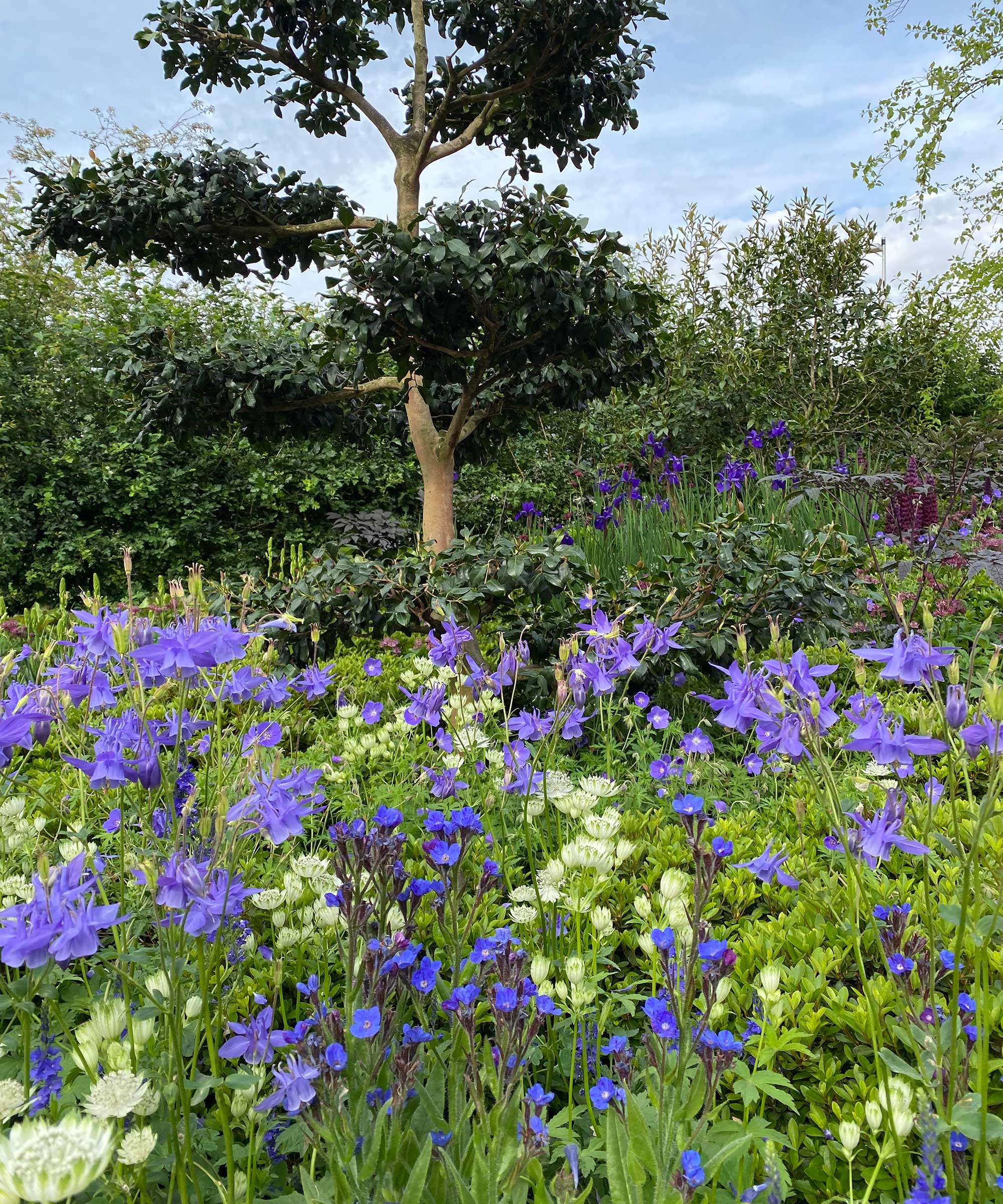
Flowers and planting are a simple way of concealing your sprinkler valves from view
Don’t forget that visible valves can be easily concealed with garden planting. It’s true that if your flower bed ideas feature lots of low blooms then they won’t cut it, but plant-packed cottage garden borders with tall perennials and shrubs at the back are one of our favorite creative ways to hide sprinkler valves.
Use evergreens as part of the taller planting for year-long concealment and be mindful to keep them in shape with the required pruning for the species so that it is easy to reach the valves when you need to.
4. Paint sprinkler valves
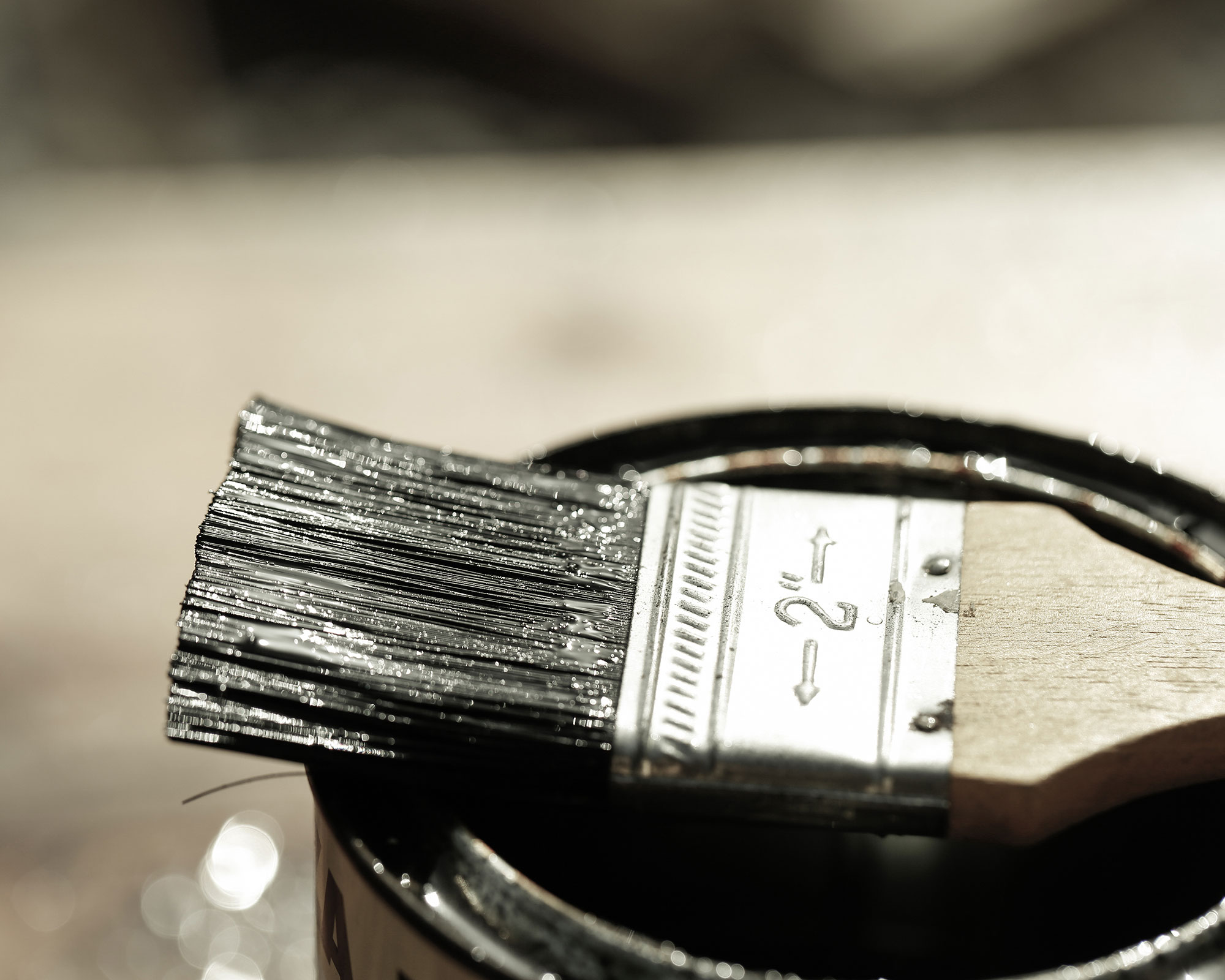
Paint sprinkler valves to help them blend in
As well as catching the eye because of their size and shape, part of the reason that sprinkler valves can be an eyesore is their color, which doesn’t harmonize with the shades of the yard or your garden color scheme.
The answer? ‘You could paint them in green/camo colors,’ says Sarah Dixon, UK and international marketing manager at Hozelock.
If they’re positioned right by the house, consider painting them to match their backdrop instead, so they don’t stand out against it.
Always select a paint suitable for the pipe material for durable results.
5. Go for a faux rock
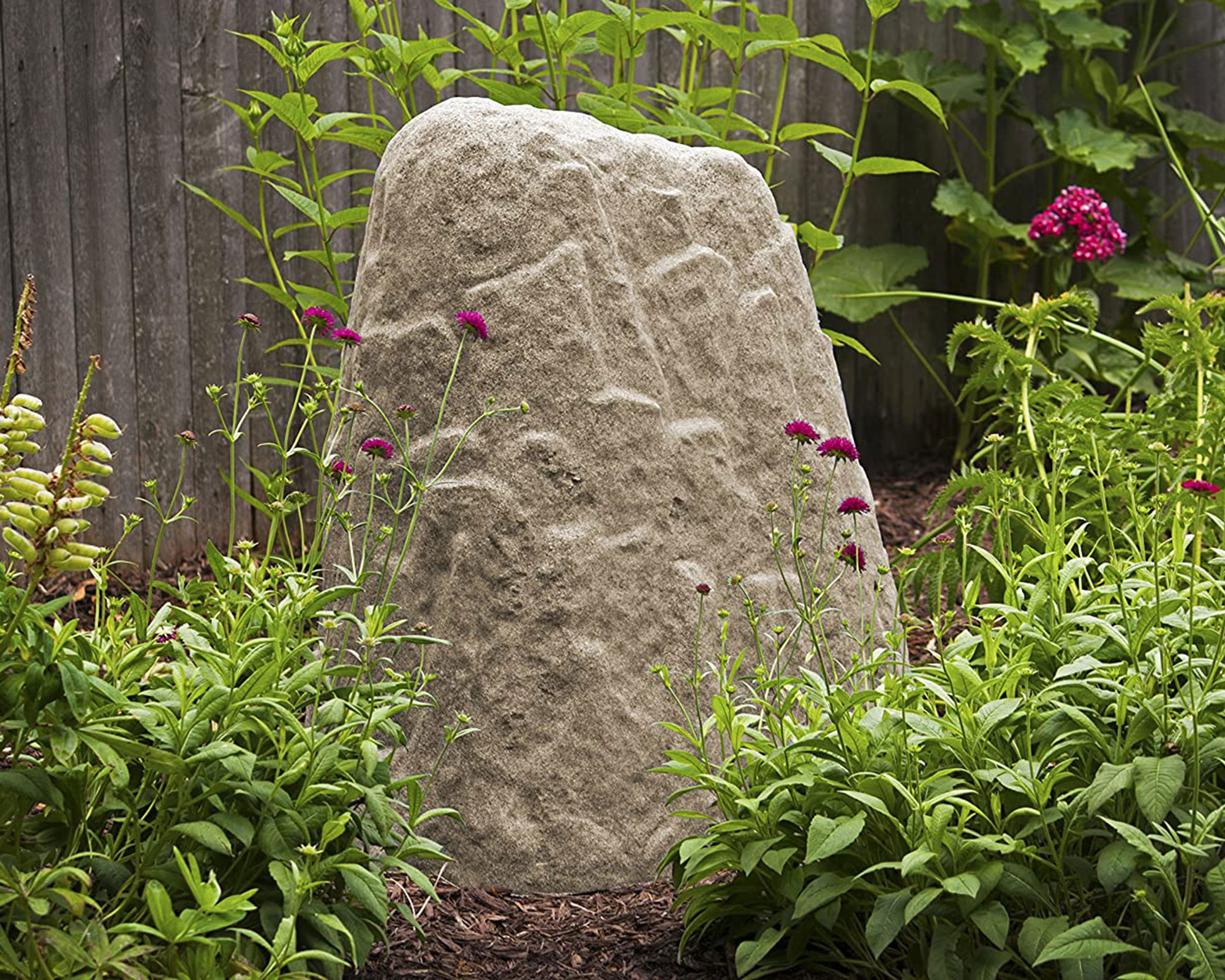
Consider landscaping with rocks and hiding sprinkler valves in one move. ‘You can use faux rocks to cover up your sprinkler valves and protect them from weather and sun exposure,’ says Darik Chandler from Rachio.
‘Even though sprinkler valves include UV inhibitors to protect from damage, prolonged exposure can still create issues down the road, so it’s best to cover sprinkler valves when possible. Faux rocks and other sprinkler valve covers also protect the valves and solenoid wires from moisture and animal interference. Plus, this solution is aesthetically pleasing.’
If you're installing a self-watering system so you can keep on top of watering plants while away on vacation, it's worth considering something like this as part of your plans. Try a design such as the Emsco Group Landscape Rock from Amazon, which has the look of sandstone, as well as natural texture to help it blend with the landscape. There’s a granite version, too.
And one thing you shouldn’t do
A word of warning: don’t consider simply burying sprinkler valves in the soil. These valves are hardworking components of an irrigation system and repairs are therefore required from time to time. If there’s a problem, you may well have difficulty locating them at all, and when you do, it’s easy to cause damage in digging them out.
How do you hide tall sprinklers?
If you’re investing in tall sprinklers as part of your lawn care, opting for retractable versions so they aren’t highly visible during the off season is the best tactic. Meanwhile, if they’re located in beds and garden borders, think tall planting and evergreens for year-round concealment.
How do you hide sprinkler pipes?
To hide sprinkler pipes, there are a number of tactics you can adopt depending on where they’re located and how they catch the eye.
‘If the pipe is particularly visible from one viewpoint, position a statement feature in front of it,’ says Beth Murton, editor of Gardeningetc. ‘A garden statue, a bird bath, a sizeable planter or planting on an arbor or other structure will all draw the eye.’
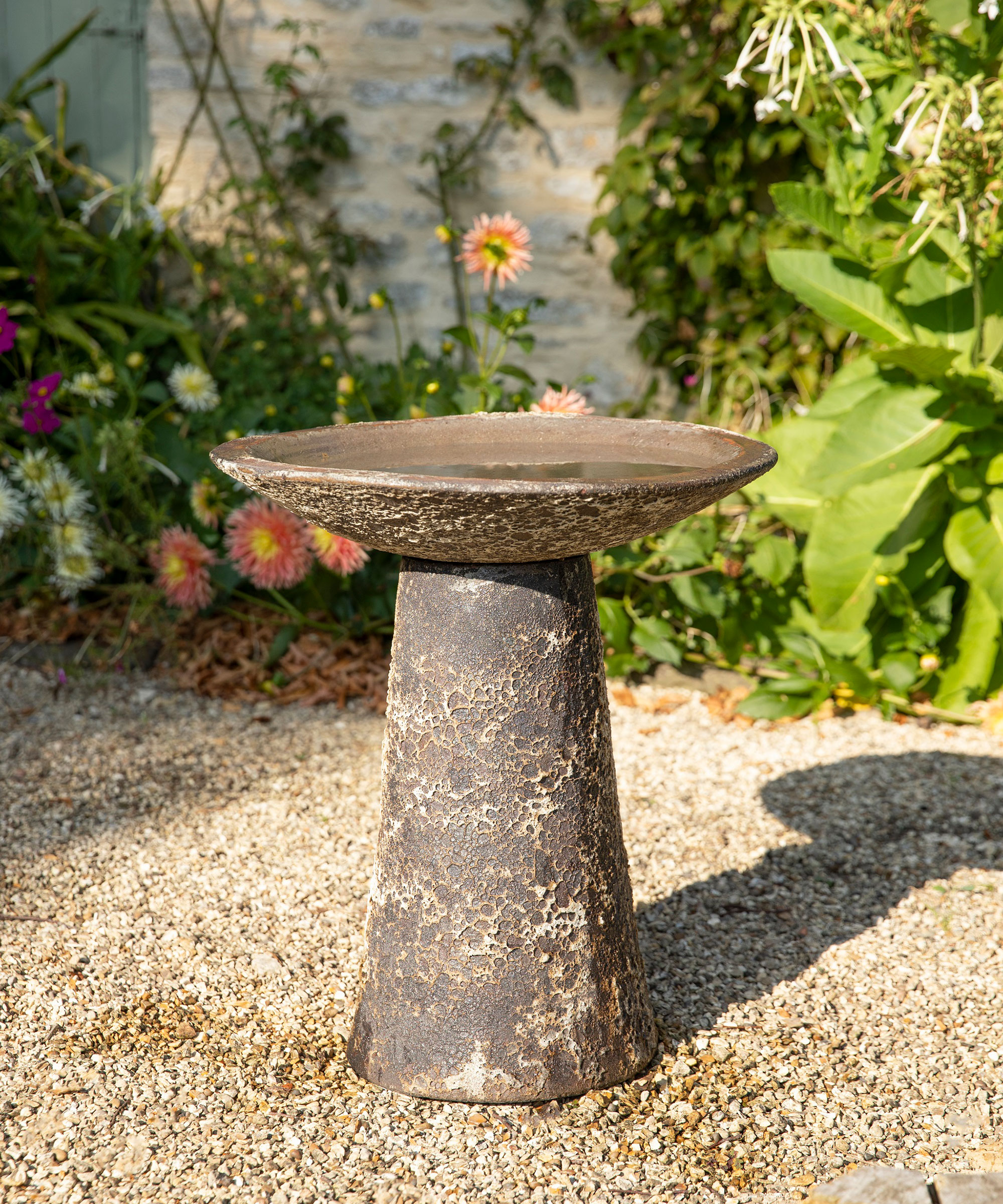
A tall bird bath, such as this stone design from Gardenesque, can be an effective way of blocking tall sprinkler valves from view
For a border, think grasses and evergreen shrubs for year-round cover. Alternatively, go for a faux rock; these can fit even tall pipes and they have the dual benefit of marking where the pipes are.
Painting pipes is a simple but effective solution. Blend them in with a shade of green; blue can also harmonize with planting. Low pipes in an area that you mulch? Choose a brown paint to match.

Sarah is a freelance journalist and editor writing for websites, national newspapers, and magazines. She’s spent most of her journalistic career specialising in homes and gardens and loves investigating the benefits, costs and practicalities of home improvement. It's no big surprise that she likes to put what she writes about into practice, and is a serial house revamper.
